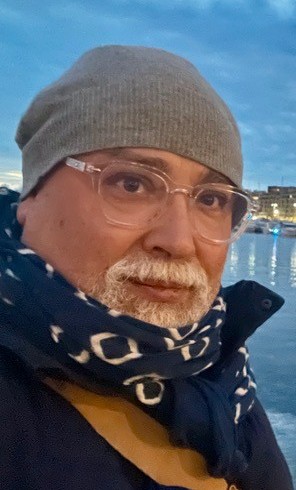פרופ' אדר' אלכסיס מאייר
המכון הלאומי למדע יישומי, שטרסבורג
הצעת המחקר
Expressionist Structure of Israeli Brutalist Architecture
Very strikingly present in Israeli architecture, the so-called “brutalist” period has offered us since the 1950s, through its plastic expressiveness and varied programs, an important material for addressing the problems of perception and representation in the field of architecture. In Israel, brutalism positions itself from the very beginning as a reaction to the neo- bourgeois architecture of the white city (Tel Aviv) and to traditional oriental architecture. More than elsewhere and certainly due to a conflicting geopolitical context whose architecture has necessarily taken the imprint, brutalism seems to accompany the preservation and maintenance of a cultural and political identity on a territory.
Beyond numerous visits to buildings throughout the State of Israel, access to the iconographic collection of the Azrieli architectural archives thus proved essential for analyzing the textual, graphic and plastic archives of the design work of architects from this period (1953-1973). Observing the works of Ram Karmi, Arieh Sharon or Nahum Zolotov allowed us to measure the evolution of the role played by the concrete technique as a sensitive and expressive substance regarding the supposed social and symbolic dimension of certain buildings. This research allowed us to develop tools to understand the eidetic background that constituted the semiotic structure of this plastic language and, more broadly, to work towards bringing together the aesthetic and transcendental spheres on which the architectural experience and its potential meanings appear.
